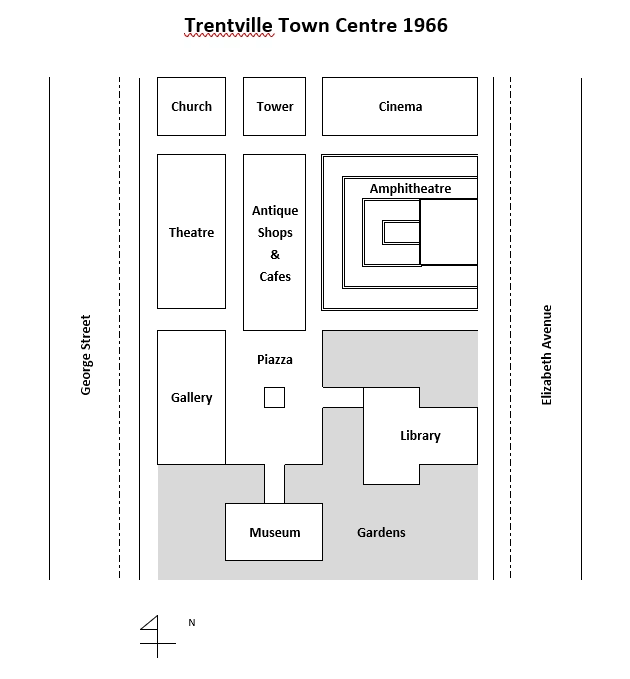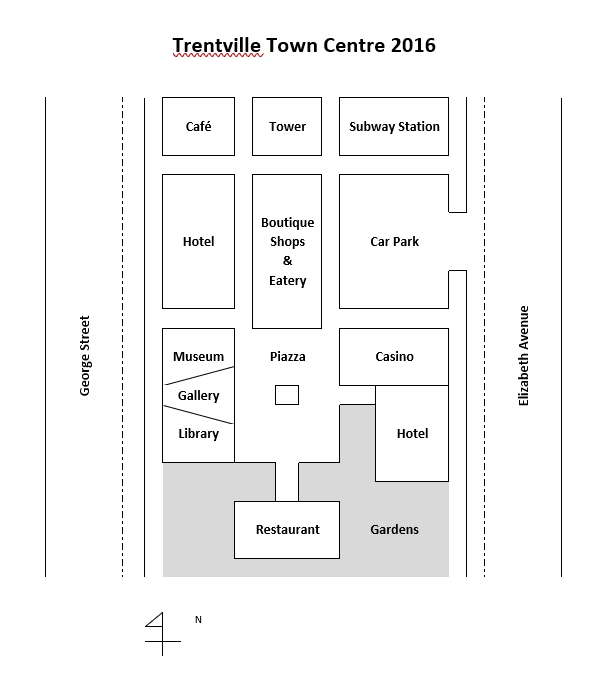Summarize/Describe/Compare: visual aids are presented and asked to summarize, describe, and compare the information. The main task types can include:
Line graphsIn Task 1 of the IELTS Writing Academic test, you have visual items, such as graphs and charts, and you are expected to provide a description of them, including data, comparison and contrasts and an overview.
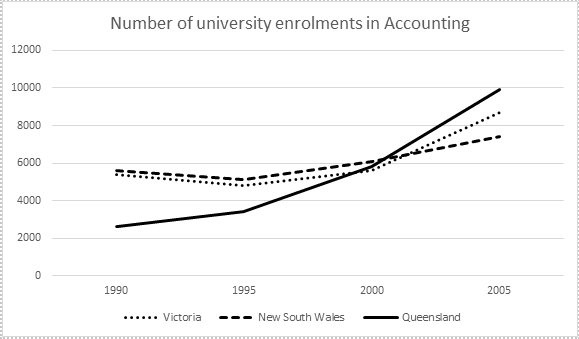
Bar graphs
Similar to line graphs, bar charts can also display data in a linear way (e.g. from 1990 to 2000 in this case).
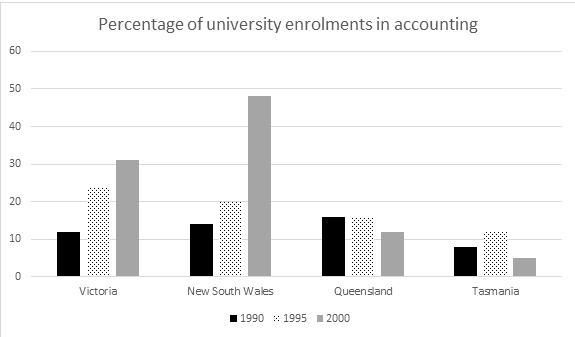
However, data can also be categorised in a non-linear way such as below:
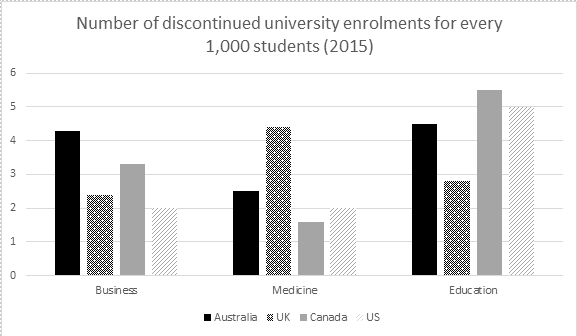
Pie charts
Pie charts normally have figures displayed in percentages and it is common to see tasks where there are 2 or more of them. Similar to bar graphs, they can be categorised in linear or non-linear ways.
The charts below show the percentage of second language classes taken by Australian secondary school students in two different cities in 2017.
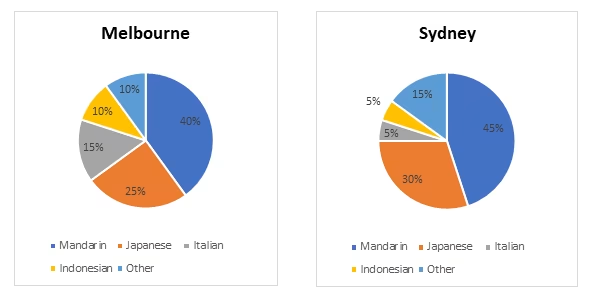
Tables of data
Sometimes data can be displayed in table form, where it can be categorised in both linear or non-linear ways, similar to bar graphs and pie charts. The data can be displayed in numerical or percentage form.
The table below shows the number of registered junior players in 4 different types of football in an Australian city in 2015 according to 3 different age groups.
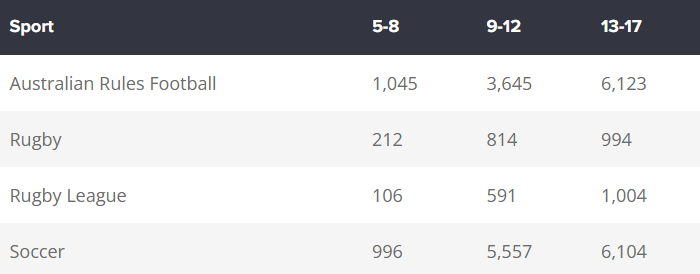
Combination
Besides these individual forms of displaying data, you may find there could be a combination of graph types together, such as a line graph and a pie chart.
The diagrams below show the average cost of 3 different types of media device over a period of 6 years, plus their payment method for these devices according to 4 age groups in 2020.
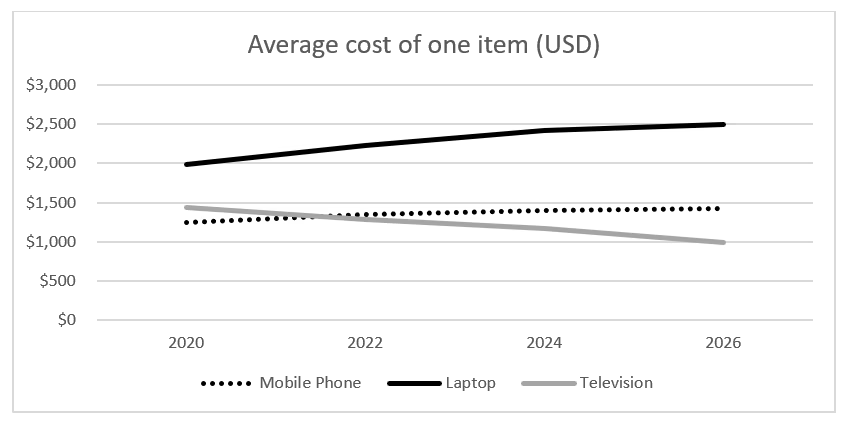
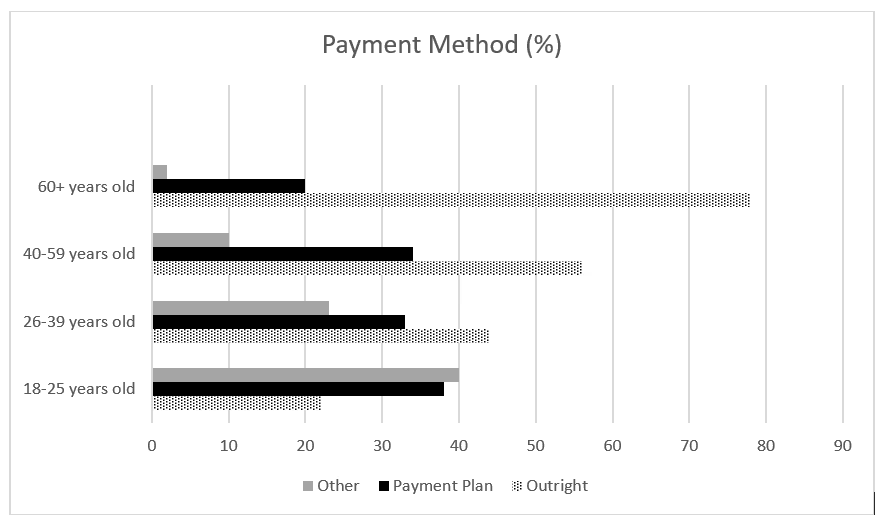
As you can see in this particular question, the time reference can also include future projections (the line graph continues until 2026).
Process
Sometimes you may be asked to describe a process. These can be either of something that is man-made or something that occurs in nature. Take note that a process task has a starting point and ending point (make sure you mention all steps in the process). Process questions also need to include an overview.
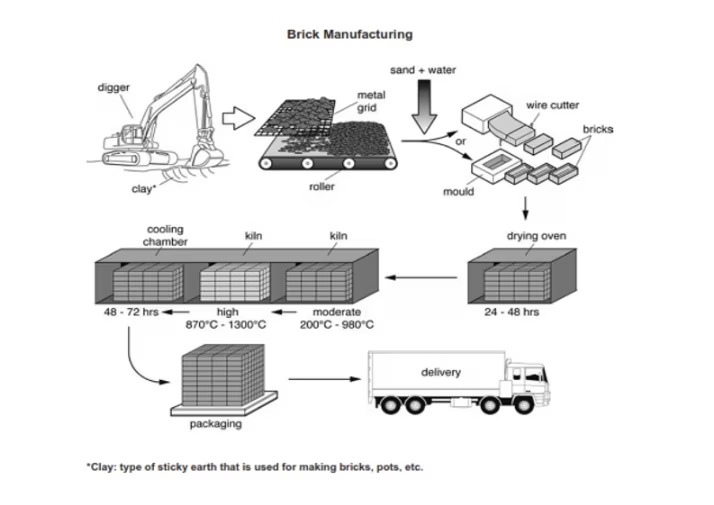
Maps
In tasks that ask you to compare and contrast maps, they can either be of an indoor space (e.g. a floor plan) or an outdoor space (e.g. buildings, roads, nature, etc.). It is normal to have a task that shows maps with two different dates:
- Two dates in the past (e.g. 1966 & 2016)
- A map in the past and a current map (e.g. 2016 and present)
- A map in the past or present compared to something that is projected or planned in the future (e.g., present and 2032)
The diagrams below show the features of the town centre of Trentville in 1966 and compares them to the changes that could be seen in 2016.
